cameras (CCTV and FDAS)
1/43
There's no tags or description
Looks like no tags are added yet.
Name | Mastery | Learn | Test | Matching | Spaced |
|---|
No study sessions yet.
44 Terms
Factors to consider while choosing CCTV Cameras
lens, sensor, output resolution, structure of cctv cameras
Lens
the smaller the size in mm, the wider the area you will be able to see
Fixed lenses, Varifocal lenses
2 Types of Lenses
Fixed lenses
often used indoors because they provide a general view of the area
Varifocal lenses
often used outdoors because zoom and focus can be adjusted (within a range) to capture specific details
CMOS and CDD
main types of sensors used in CCTV
output resolution
the higher the MP, the better the resolution of the camera
Structure of CCTV Cameras
ideal type of camera to use will largely depend on the purpose and the environment of your application
Analog cameras
uses an image sensor to capture video
Analog cameras
costs less
Analog cameras
DVR is easier to set up and understand; installation is a bit more straightforward
Analog cameras
recorded video files tend to be smaller; more difficult to hack
IP/Network cameras
use internet protocol technology to transmit video data over the ethernet network
IP/Network cameras
typically required network infrastructure such as switches, routers, and network
IP/Network cameras
Wi-Fi cameras are also a kind of ___________
IP/Network cameras
higher resolution, better image quality, remote access and analytics, and scalability
IP/Network cameras disadvantages
complication during set-up; high cost; high bandwidth requirements; higher storage requirements
IP/Network cameras
designed for easy live streaming over the internet
Analog cameras
require additional hardware components to translate their electronic signals into digital for transmission over the internet
Closed-circuit television cameras (CCTV)
integral components of surveillance systems used in various settings; serves the purpose of monitoring and recording activities in their vicinity
bullet camera

c-mount camera
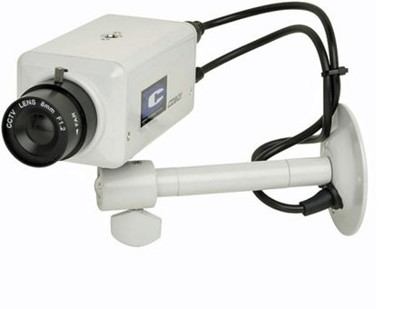
day/night camera
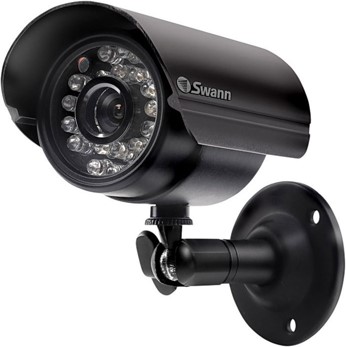
dome camera
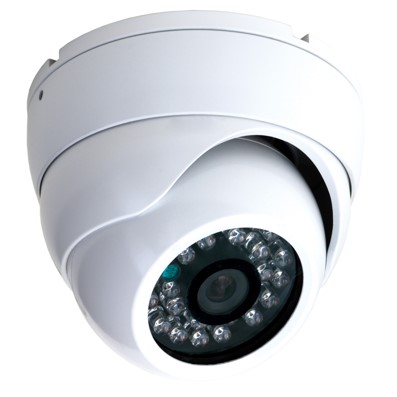
hidden camera
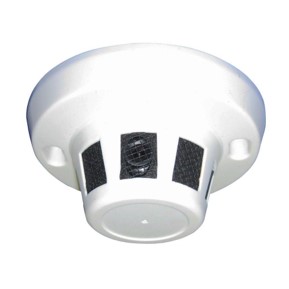
panoramic camera
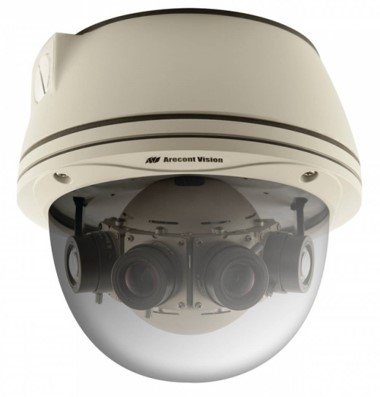
pan tilt camera
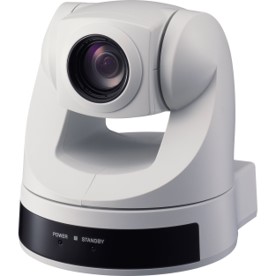
thermal camera
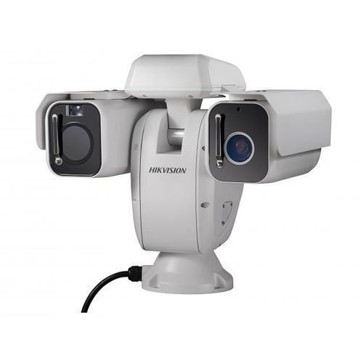
vandal proof camera
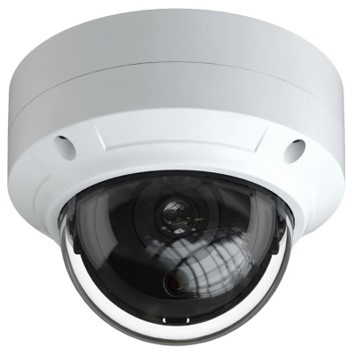
Pan tilt camera
possible to pan, tilt, and zoom; can manually control or program this to follow an accurate view of things; best suited for large areas that require active monitoring
Panoramic camera
provide an efficient way of monitoring large areas and can help reduce potential blind spots; low maintenance as they have no moving part
C-mount camera
can use detachable lenses to suit different purposes; if you need surveillance beyond distance, this camera with a particular lens can achieve that purpose
Varifocal lens
often used to fine-tune focal distance and angle of view; can be zoomed in and out without losing focus
Hidden camera
designed to be discreet and inconspicious; typically compact and lightweight making them easy to conceal
Hidden camera
offers feature such as: motion detection, night vision, and remote viewing capabilities
Vandal proof camera
designed to withstand intentional or accidental damage form vandalism/tampering; built with robust and durable materials; designed to withstand harsh environmental conditions and physical assaults
Vandal proof camera
include features such as infrared night vision and wide dynamic range for clear imaging in challenging lighting conditions
Dome camera
designed to withstand all elements both inside and outside; allows camera to work even in low-light or no-light settings due to built-in infrared LEDs
Vandal resistant, weatherproof, sleek design, high resolution, discreet positioning, monitor at a wide angles, night vision
main benefits of dome camera
Bullet camera
named for their distinct cylindrical shape
Long-range vision; easy installation
advantages of bullet camera
Day/night camera
capable of operation in both normal and poorly lit environment; benefit from not requiring inbuilt infrared illuminators as they can capture clear video and images thanks to their extra sensitive imaging chips
Thermal cameras
use infrared technology to capture images based on the heat emitted by objects rather than visible light; effective in lowlight and challenging weather conditions
Thermal cameras
widely used in areas where standard cameras may not perform well (complete darkness, fog, areas with harsh weather conditions)